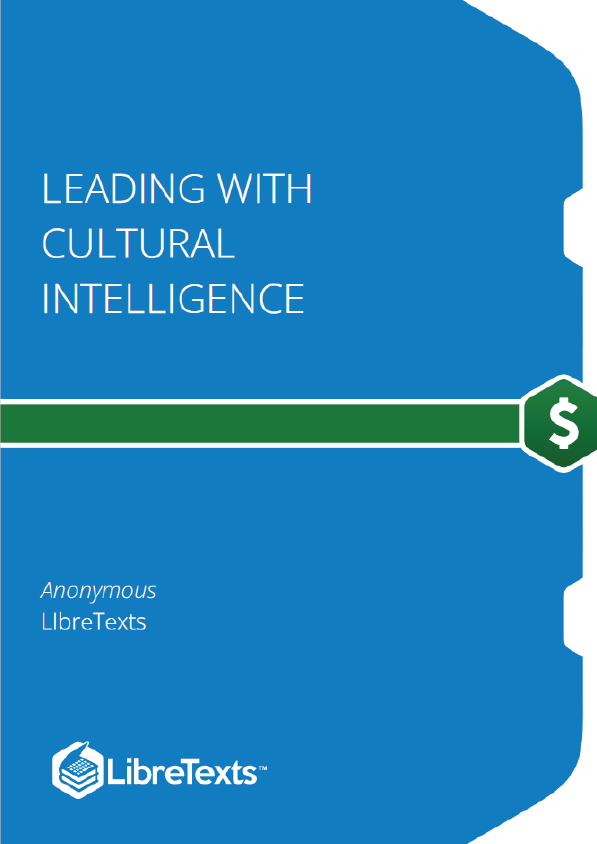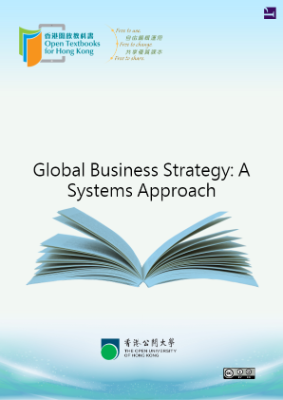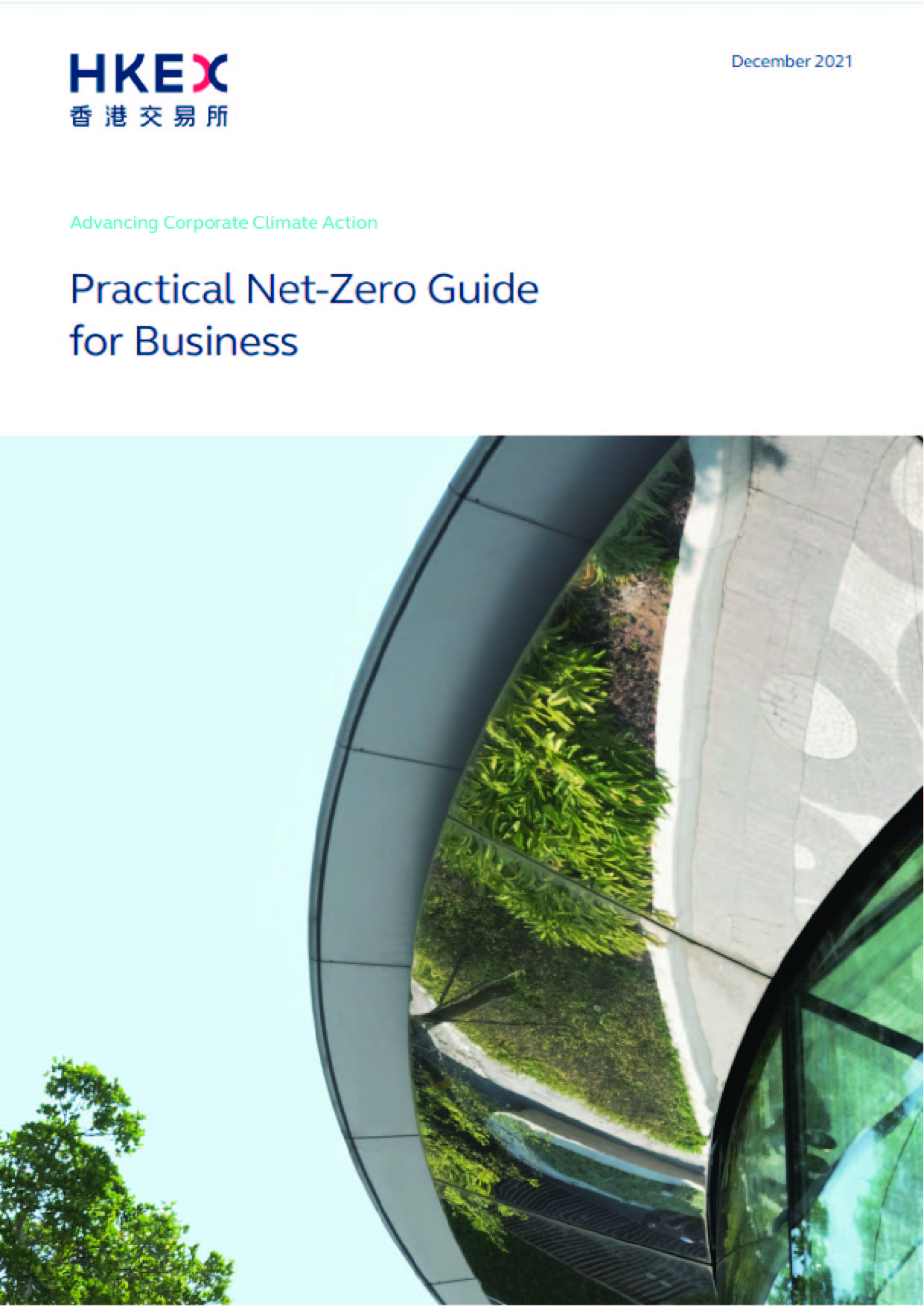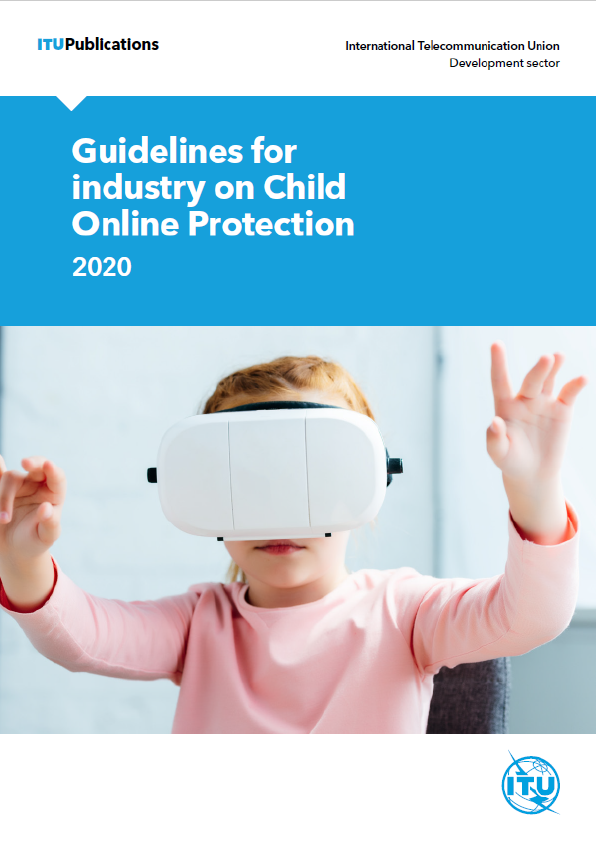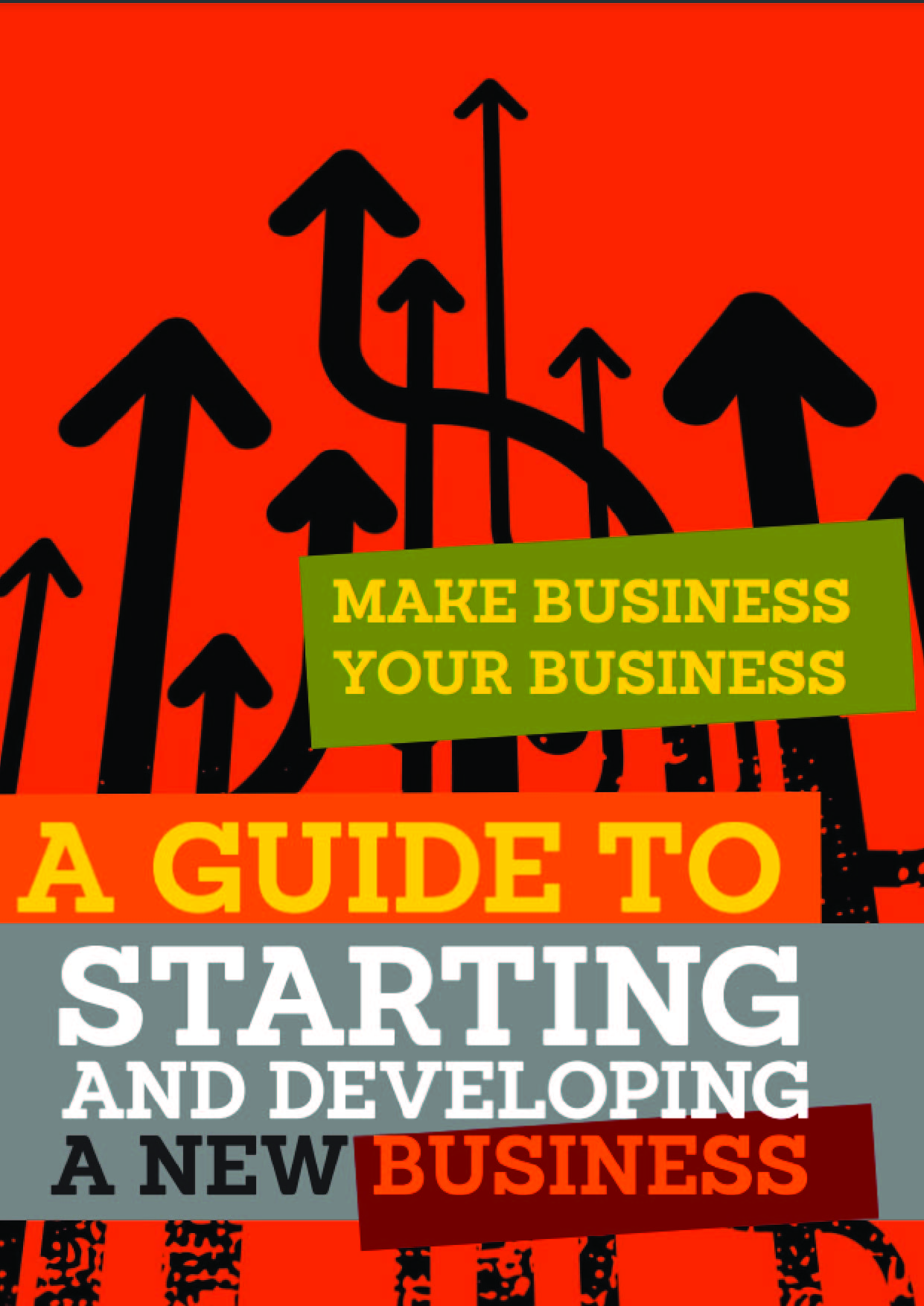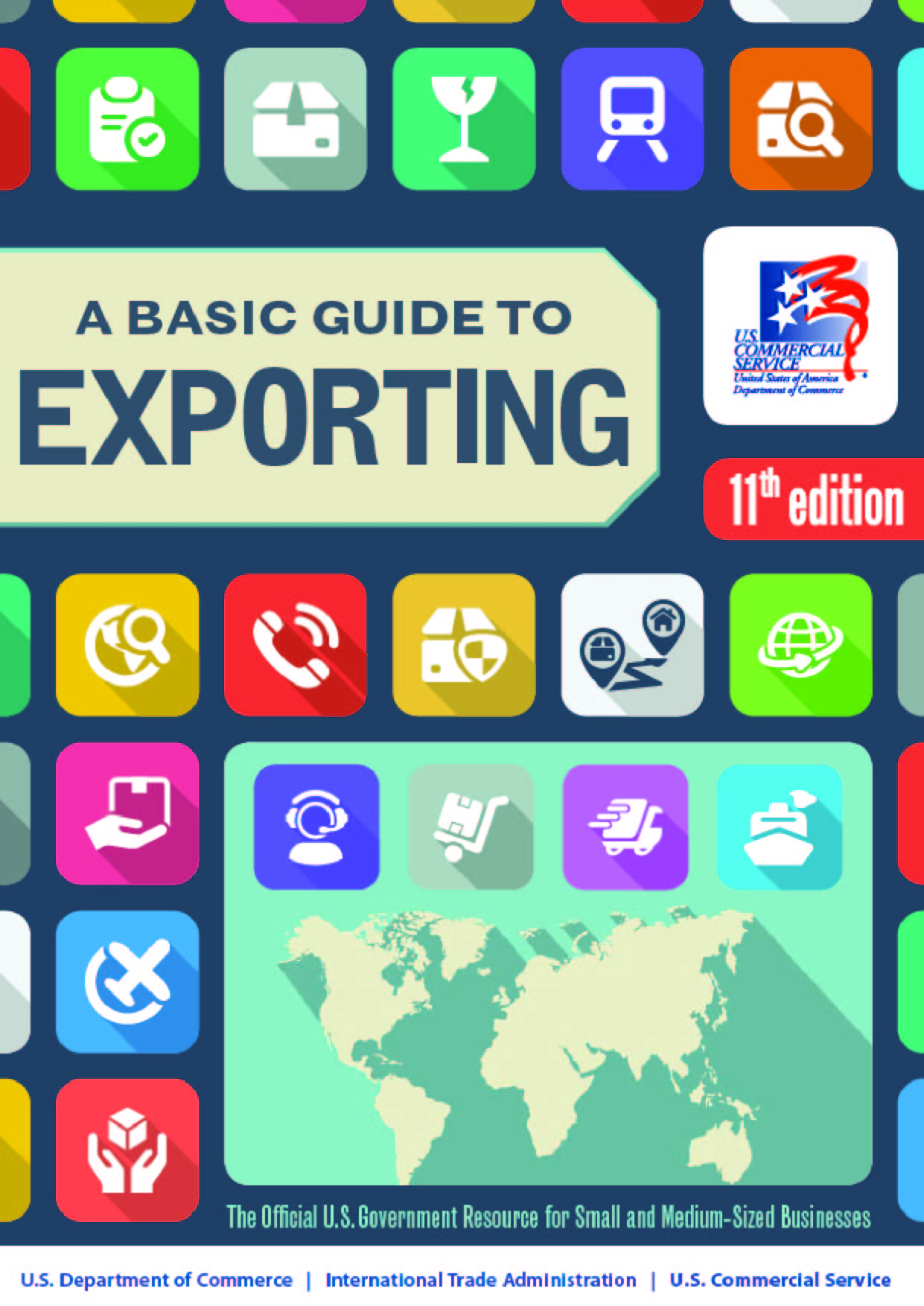When I left Minnesota in the 1990s to attend college on the east coast, I was excited because I knew that I would experience a multitude of cultures that did not exist or were barely visible in Minnesota. In an urban setting like Minneapolis and St. Paul, it was not uncommon to enter a Target store or visit a museum or a local library and see that Minnesota was primarily inhabited by people of northern European origin. In the past 20 years, Minnesota, much like the rest of the United States, has reflected a global community. Refugees and immigrants are coming from all over the world—West and East Africa, Southeast Asia, Russia and Bosnia, Central and South America, and the Middle East—and contributing to the economic system.
I noticed this change when I returned to Minnesota after my studies. I remember dropping my siblings off at their high school and saw for the first time a group of high school girls wearing the hijab, a head covering and the jilbab, the dress coat. I could not take my eyes off them. I had read books and magazine articles and seen pictures of women with the hijab on the evening news. I was used to seeing these images, yet I was completely transfixed with the actual experience of seeing the pictures come to life only 100 feet away from me. I wondered, what was their story? How did they come to the United States? Did they like wearing the hijab? Was it a choice?
Soon after this experience I became more aware of the East African population in the Twin Cities. I noticed them when I was standing in line at the grocery store, the library, and the bank. I began to hear stories on the evening news about the resettlement challenges they faced as new immigrants, which reminded me of my own. Eventually, I worked alongside them and learned about their cultural history and life in the U.S. Through these intercultural experiences, I learned in my early 20s that although culture can shape people to have different beliefs and values, different language and customs, the globalization of societies was quickly forcing us to work and live together in ways we had not done before. It is making us more aware of who we are, our differences, and how we relate to others.
In The World is Flat, Thomas Friedman describes forces that are flattening the world and creating a convergence of many systems into one. These forces include the spread of information technology, online collaborative communities, and offshoring and outsourcing, among others. These factors are changing our social environment and redefining the ways in which we interact with one another. We do not need to fly across the globe to experience national cultural shifts—they come to us, no matter where we live. This is a familiar picture across the United States, but it is not unique to U.S. citizens. Even in countries like India and China, which are experiencing phenomenal economic growth, globalization has altered their lifestyles. As an example, my colleague in China gets up either very early or stays up very late into the night for her business meetings with clients in the United States. Owning a business and working globally has limited her social life to business events and networking. She hardly has time for her family and she feels guilty that she is not the traditional Chinese daughter and mother.
